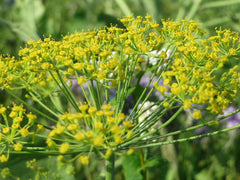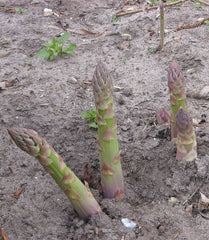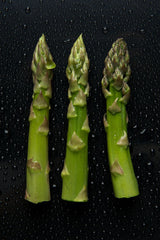Spinacia oleracea, Spinach - Viroflay
Viroflay is a French heirloom variety producing very large trowel shaped leaves up to 25cm in length. Dark green colour; slightly savoyed texture. Vigorous and very winter hardy.
Edible leaves can be obtained all year round from successional sowings.
Spinach grows well with strawberries. It also grows well with cabbages, onions, peas and celery. A fast-growing plant, the summer crop can be interplanted between rows of slower growing plants such as Brussels sprouts. The spinach would have been harvested before the other crop needs the extra space. Spinach is a bad companion for grapes and hyssop.
Plants grow best and produce their heaviest crop of leaves on a nitrogen-rich soil. They dislike very heavy or very light soils. They also dislike acid soils, preferring a neutral to slightly alkaline soil. Plants require plenty of moisture in the growing season, dry summers causing the plants to quickly run to seed. Summer crops do best in light shade to encourage more leaf production before the plant goes to seed, winter crops require a warm dry sunny position.Young plants are hardy to about -9°c.
Sow in situ from March to June for a summer crop. Make successional sowings, perhaps once a month, to ensure a continuity of supply. The seed germinates within about 2 weeks and the first leaves can be harvested about 6 weeks later. Seed is sown in situ during August and September for a winter crop.
Edible uses:
Leaves - raw or cooked. Tender young leaves can be added to salads, older leaves are used as greens or added to soups etc.
The leaves contain oxalic acid (6 - 8% in young leaves, 23 - 27% in the cotyledons), although not toxic, this substance does lock up certain minerals in a meal, especially calcium, making them unavailable to the body. Therefore mineral deficiencies can result from eating too much of any leaf that contains oxalic acid. However, the mineral content of spinach leaves is quite high. Cooking the leaves will also reduce the content of oxalic acid. People with a tendency to rheumatism, arthritis, gout, kidney stones or hyperacidity should take especial caution if including this plant in their diet since it can aggravate their condition.
Seeds - raw or cooked. It can be sprouted and added to salads.
Chlorophyll extracted from the leaves is used as an edible green dye.








